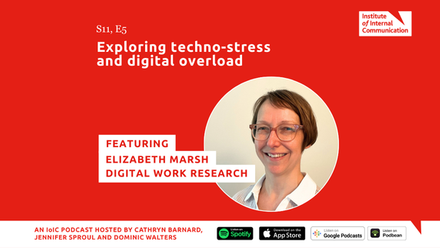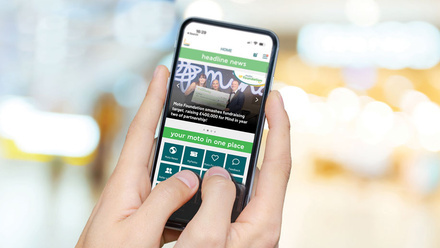How digital signage can encourage appropriate behaviour
With the recent multiple news articles of alleged sexual predatory behaviour of powerful Hollywood men, it’s time to take a closer look at how organisations can encourage appropriate language and behaviour in their workplaces.
How many of us sign an anti-sexual harassment or anti-discrimination policy when we start a new job, and then promptly forget what we signed? Or perhaps we see training videos once a year on a range of improper language and behaviours. Yet in our daily workplace interactions, we may not think twice about expressing inappropriate sentiments or actions.
When it comes to sexual harassment and discrimination, there can be some confusion. When is it appropriate to compliment a colleague’s clothing? When does a certain kind of compliment become sexual harassment? Using storytelling to demonstrate both appropriate and inappropriate examples can be a powerful internal communications tool for companies. Why stories? Because human beings retain stories.
Storytelling for survival
Cody C. Delistraty says in The Atlantic article, The Psychological Comforts of Storytelling, “Storytelling could be an evolutionary mechanism that helped keep our ancestors alive.
“The theory is that if I tell you a story about how to survive, you’ll be more likely to actually survive than if I just give you facts. For instance, if I were to say, ‘There’s an animal near that tree, so don’t go over there’, it would not be as effective as if I were to tell you, ‘My cousin was eaten by a malicious, scary creature that lurks around that tree, so don’t go over there.'
“A narrative works off of both data and emotions, which is significantly more effective in engaging a listener than data alone.”
Years ago, New York City used a series of Spanish-language comic strips posted in subway cars to educate people on condom use. No slogans were employed. Instead, an engaging set of comic strip characters dealt with the choices and consequences of sexually transmitted diseases.
The power and personal impact of digital signage
In-your-face digital signage on large office display screens give internal communicators the ability to tell stories and help ensure that important company policies stay top of mind instead of being banished to an afterthought. It can have a powerful impact on educating and reminding what is – and is not – appropriate.
Digital signage has several advantages over email reminders, texts and intranet. One main advantage is the ability to be up close and personal on large TV display screens. The second advantage is its passive structure – no one has to click on anything to receive the information. It’s just there, preferably in visually attractive graphics and videos.
The third is the ability to set and forget. Discrimination and sexual harassment information can be programmed on a rotating basis so that the information is not a one-time or only annual event.
With continual in-your-face examples and reminders of appropriate and inappropriate behaviour, offenders have much less grounds for claiming they did not know that such-and-such language or behaviour was inappropriate. Potential victims will also have more knowledge of what is not allowed – and therefore be encouraged to report those offenders who try to step over the line.
Where do you find the content to share via digital signage? While there are many possible places, one valuable place is your own employees. Ask them for ideas for how to tell stories on sexual harassment and discrimination via digital signage. You can share these efforts on social media to demonstrate what a terrific workplace environment your organisation fosters.
And where should you locate the digital signage display screens in your offices? Reception areas, cafeterias and break rooms are ideal.
No matter how enlightened we believe we are, we all need training and reminders of what language and behaviour can cause distress to others. Your organisation can be in the front lines of creating a comfortable workplace environment by using storytelling via digital signage.
Phyllis Zimbler Miller is the content marketing strategist at digital signage software company enplug.com in Los Angeles. She has an MBA from The Wharton School and is particularly interested in UX.






